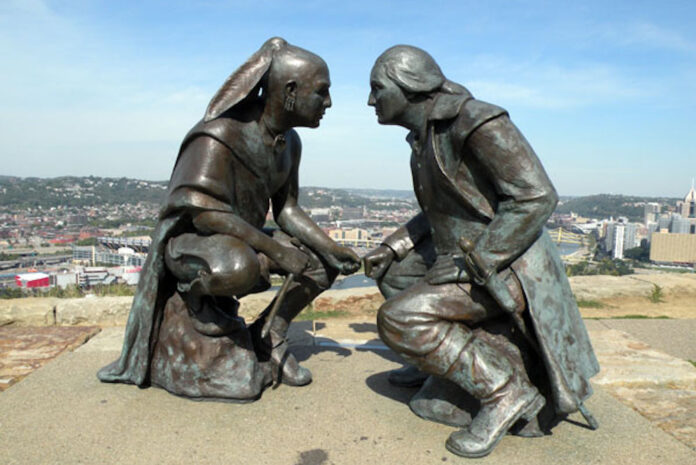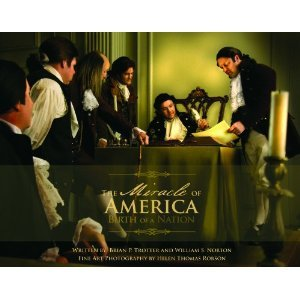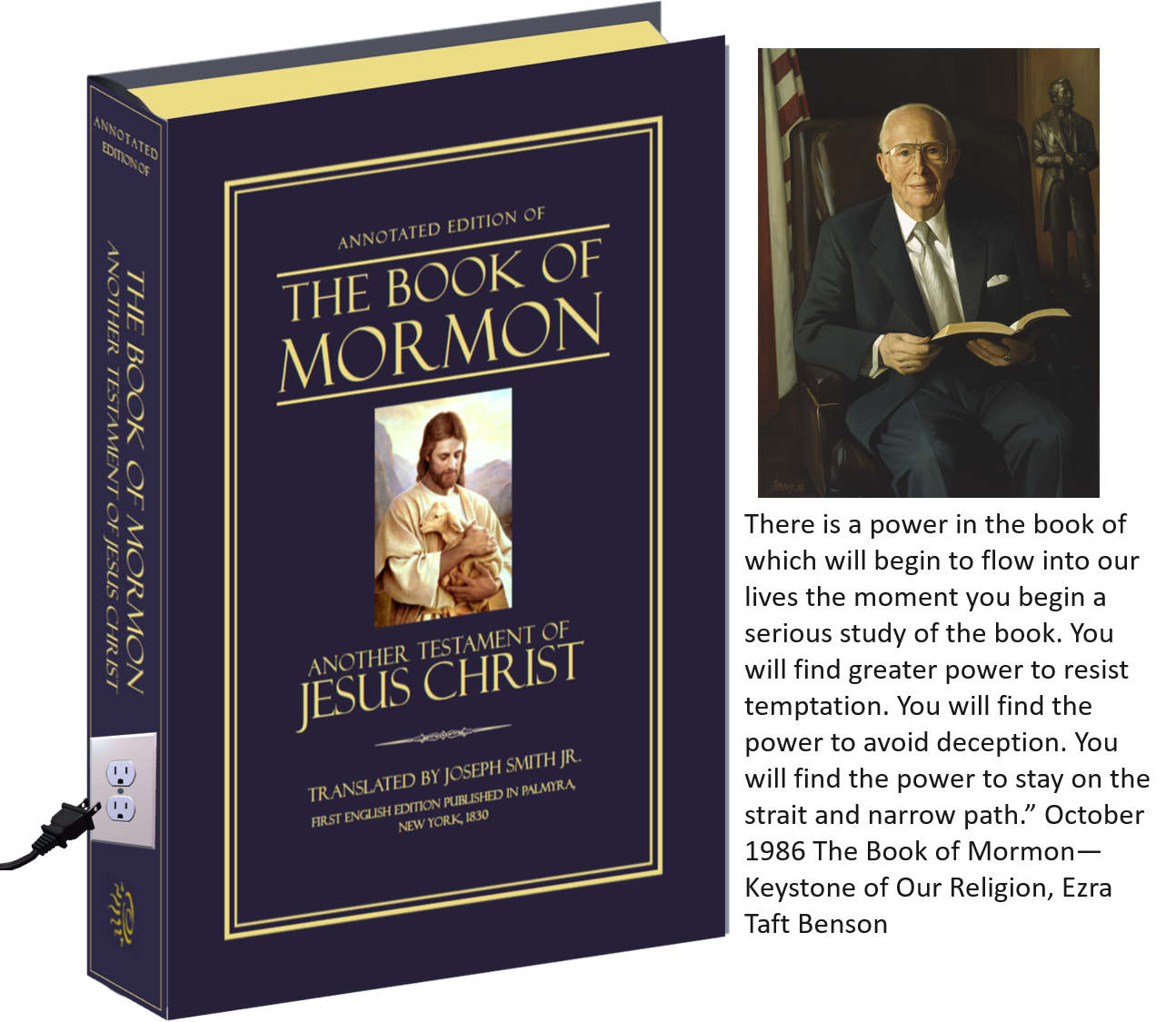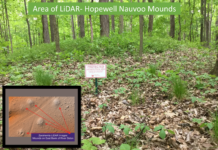
A Thick Indian Strand Runs Through the Life of George Washington
 “At a time when the United States was still weak, many Indian nations were still strong and represented a significant threat to a precarious infant republic. Washington knew that he must build his nation on Indian land, and by war and diplomacy, he helped set the United States on a path of westward expansion that transformed tribal homelands into American territories and then into states.” COLIN CALLOWAY
“At a time when the United States was still weak, many Indian nations were still strong and represented a significant threat to a precarious infant republic. Washington knew that he must build his nation on Indian land, and by war and diplomacy, he helped set the United States on a path of westward expansion that transformed tribal homelands into American territories and then into states.” COLIN CALLOWAY
“Indian people and Indian country loomed large in Washington’s world. His life intersected constantly with them, and events in Native America shaped the direction his life took, even if they occurred “offstage.” Indian land dominated his thinking and his vision for the future. Indian nations challenged the growth of his nation. A thick Indian strand runs through the life of George Washington as surely as it runs through the history of early America…
In the course of his life, he met many of the most prominent Native Americans of his day: Shingas, Tanaghrisson, Scarouady, Guyasuta, Attakullakulla, Bloody Fellow, Joseph Brant, Cornplanter, Red Jacket, Jean Baptiste DuCoigne, Alexander McGillivray, Little Turtle, Blue Jacket, Piominko. He also met many lesser-known individuals, who cropped up time and again in dealings between Indians and colonists, men like the Seneca messenger Aroas or Silver Heels, the Oneida-French intermediary Andrew Montour, and the Seneca Kanuksusy, who appeared in colonial negotiations under his English name, Newcastle…
Washington is the “father of the nation,” and he assumed the role of “great father” to Indian people as well. Yet the Iroquois called him “Town Destroyer,” and with justification. Washington’s dealings with Indian people and their land do him little credit, but on the other hand his achievement in creating a nation from a fragile union of states is more impressive when we appreciate the power and challenges his Indian world presented. Washington’s life, like the lives of so many of his contemporaries, was inextricably linked to Native America, a reality we have forgotten as our historical hindsight has separated Indians and early Americans so sharply, and prematurely, into winners and losers. Colin G. Calloway is John Kimball Jr. 1943 Professor of History and Native American Studies at Dartmouth College.
Purchase Now!  The Miracle of America, Birth of a Nation is a one-of-a-kind book written by Brian P. Trotter and William S. Norton with incredible fine art photography by Helen Thomas Robson that will touch the heart and inspire you to stand up and make your voice heard for freedom. Put yourself amidst miraculous moments of faith and unity, sacrifice and triumph in Americas heritage as never before. Your children will not hear these stories of God in school anymore. Blog Here: Titled: George Washington Lived Amongst Native Americans.
The Miracle of America, Birth of a Nation is a one-of-a-kind book written by Brian P. Trotter and William S. Norton with incredible fine art photography by Helen Thomas Robson that will touch the heart and inspire you to stand up and make your voice heard for freedom. Put yourself amidst miraculous moments of faith and unity, sacrifice and triumph in Americas heritage as never before. Your children will not hear these stories of God in school anymore. Blog Here: Titled: George Washington Lived Amongst Native Americans.
The President of America
Posted: 23 Jun 2017 by Jonathan Neville HERE
 G. Washington, “President of America” People keep asking about the concept that Lehi’s descendants inhabited all of North America and South America. Some early members of the Church thought this, but Joseph Smith never taught it. Still, it makes sense when we realize that people intermarried and migrated extensively after the Nephite civilization was destroyed in western New York.
G. Washington, “President of America” People keep asking about the concept that Lehi’s descendants inhabited all of North America and South America. Some early members of the Church thought this, but Joseph Smith never taught it. Still, it makes sense when we realize that people intermarried and migrated extensively after the Nephite civilization was destroyed in western New York.
A lot of the confusion comes from statements such as this one from Wilford Woodruff’s journal, dated April 1844:
“Conference met at 10 o’clock April 8th. President J Smith arose and said it is impossible to continue the subject that I spoke upon yesterday in consequence of the weakness of my lungs. Yet I have a proclamation to make to the Elders. You know the Lord has led the Church until the present time. I have now a great proclamation for the Elders to teach the Church here after which is in relation to Zion. The whole of North and South America is Zion. The mountain of the Lords House is in the centre of North & South America.”
Mesoamerican activists actually cite this as evidence that the Book of Mormon took place in Central America.
Others read the rest of the journal entry and get a better idea of what was intended.
“When the House is done, Baptism font erected and finished & the worthy are washed, anointed, endowed & ordained kings & priests, which must be done in this life, when the place is prepared you must go through all the ordinances of the house of the Lord so that you who have any dead friends must go through all the ordinances for them the same as for yourselves; then the Elders are to go through all America & build up Churches until all Zion is built up, but not to commence to do this until the Temple is built up here and the Elders endowed. Then go forth & accomplish the work & build up stakes in all North and South America. Their will be some place ordained for the redeeming of the dead. I think this place will be the one, so their will be gathering fast enough here.”
 In modern times, we interpret this to mean the continents of North America and South America, but that’s not how it was meant in 1844.
In modern times, we interpret this to mean the continents of North America and South America, but that’s not how it was meant in 1844.
About a year later, in June 1845, Woodruff was back in England. He visited the exhibition of Madame Tussaud and Sons. One of the exhibits that most impressed him was this:
“George Washington dressed as the President of America taken from A bust executed from Life. This personage bespoke as much dignity as any member of the Group.”
Woodruff used the term “America” interchangeably with the United States, or the United States of America. He referred to it as America three times as often as he did the United States. Like his contemporaries, he was concerned about the division between the northern states and the southern states. For example, he made this comment in Volume 2 of his journal:
 “After General Harrison was elected President of the United States A body of citizens suspended a line across the road in which the President was to walk. This line contained or supported 27 flags one for each of the states. As General Harrison was passing under these colors the line parted in the centre. One half fell into the street towards the north & the other half towards the south as much as to say the states would be divided.”
“After General Harrison was elected President of the United States A body of citizens suspended a line across the road in which the President was to walk. This line contained or supported 27 flags one for each of the states. As General Harrison was passing under these colors the line parted in the centre. One half fell into the street towards the north & the other half towards the south as much as to say the states would be divided.”
_________________
When we think about Joseph Smith’s statement from the April 1844 conference, he was referring to the Nauvoo temple, which was built “in the centre of North and South America” if we’re referring to the United States of America. It’s nearly as central as possible in a literal sense, given the unknown extent of the western territories.
When Joseph said the Elders were to go through “all America” “& build up stakes in all North and South America,” he was referring to the United States, as we can see not only from the ordinary use of the term “America” at the time, but also from the reality of what actually happened. The Elders were already in Europe. They didn’t go to South America until much later. But it was important for the members to know they would build the Church in both North and South America. They were not going to focus just on the northern states, where most of them had come from.
It’s always important to read historical documents in the context of the times in which they were written.
___________________
The question remains, how could there be descendants of Lehi throughout the western hemisphere if the events of the Book of Mormon took place in North America (using modern terminology).
The quick answer: the Nephite civilization was destroyed in western New York, after years of battles all the way from Zarahemla in Iowa, across the midwest (Bountiful) eastward to New York. Later, after the Book of Mormon record was concluded and Moroni buried the plates, people from the Mayan civilization migrated northward and occupied what is now the Southeastern U.S. and the Mississippi River valleys. After a few hundred years, they left and returned to their homeland in Central America. This explains how Lehi’s blood, however diluted, made its way throughout what today is known as Latin America.
For more information about Lamanites in North and South America see our article here!
THE EVENING AND THE MORNING STAR
“The Evening and The Morning Star was the first newspaper of The Church of Jesus Christ of Latter-day Saints. It was published in fourteen eight-paged, double-columned monthly issues in Independence, Missouri, from June 1832 to July 1833. When the press in Missouri was destroyed by a mob, publication was resumed several months later in Kirtland, Ohio, with ten issues published from December 1833 to September 1834. W. W. (William Wines) Phelps, its editor in Missouri, printed in it a brief History of the Church, a number of LDS hymns, instructions to members of the Church, letters reporting its progress throughout the country, and many of the revelations received by the Prophet Joseph Smith. Oliver Cowdery, its editor in Ohio, printed reports and commentaries about the Saints’ difficulties in Missouri and some of the doctrinal writings of Sidney Rigdon, a counselor in the First Presidency.
Because the circulation of the Missouri-printed Star was small and localized, Cowdery reprinted all the original twenty-four issues in Kirtland between January 1835 and October 1836, in a new sixteen-page format, with numerous grammatical improvements, and a few articles deleted. The Evening and the Morning Star was succeeded by the Latter Day Saints’ Messenger and Advocate in October 1834 (HC 2:167). [See also Messenger and Advocate.]” RONALD D. DENNIS professor emeritus of Portuguese and Welsh at Brigham Young University
The world thinks the middle of America is “Desolation”, or “Forsaken”, or simply a “Hunting Ground”. The Lord calls it “Choice Land”, “The Land of Joseph or the Indians”, “Centre of America”, and “The Land of Zion”.


THE FAR WEST
“The far west, as the section of country from the Mississippi to the Rocky Mountains may justly be styled, is not only distant from the Atlantic States, but different. Its principle river, running rapidly from the 48th to the 39th degree of north latitude, is always rily, always wearing away its banks and always making new channels: It is rightly named Missouri; for in plain English, it looks like the waters of misery,-or troubled water:-even as the sea which the prophet said, Casts up mire and dirt. With the exception of the skirts of timber upon the streams of water, this region of country is one continued field, or prairie, (as the French have it, meaning meadows,) and there is something ancient as well as grand about it, too; for while the eye takes in a large scope of clear field, or extensive plains, decorated with here and there a patch of timber, like the orchards which beautify the farms in the east, the mind goes back to the day, when the Jaredites were in their glory upon this choice land above all others, and comes on till they, and even the Nephites, were destroyed for their wickedness: Here pause and look to the east, and read the words of the prophet: Wo to the crown of pride, to the drunkards of Ephraim, whose glorious beauty is a fading flower, which is on the head of the fat valleys of them that are overcome with wine! Behold, the Lord hath a mighty and strong one, which as a tempest of hail and a destroying storm, as a flood of mighty waters overflowing, shall cast down to the earth with the hand.-The crown of pride, the drunkards of Ephraim, shall be trodden under feet: and the glorious beauty, which is on the head of the fat valley, shall be a fading flower, and as the hasty fruit before the summer; which when he that looketh upon it seeth, while it is yet in his hand he eateth it up. In that day shall the Lord of hosts be for a crown of glory, and for a diadem of beauty, unto the residue of his people, and for a spirit of judgment to him that sitteth in judgment, and for strength to them that turn the battle to the gate.

To return: this beautiful region of country is now mostly, excepting Arkansas and Missouri, the land of Joseph or the Indians, as they are called, and embraces three fine climates: First, like that of New-York; second, like Missouri, neither northern nor southern; and third, like the Carolinas. This place may be called the centre [center] of America; it being about an equal distance from Maine, to Nootka sound; and from the gulf of St. Lawrence to the gulf of California; yea, and about the middle of the continent from cape Horn, south, to the head land at Baffin’s Bay, north. The world will never value the land of Desolation, as it is called in the book of Mormon, for any thing more than hunting ground, for want of timber and mill-seats: The Lord to the contrary notwithstanding, declares it to be the land of Zion which is the land of Joseph, blessed by him, for the precious things of heaven, for the dew, and for the deep that coucheth beneath, and for the precious fruits brought forth by the sun, and for the precious things put forth by the moon, and for the chief things of the ancient mountains, and for the precious things of the lasting hills, and for the precious things of the earth and fulness [fullness] thereof, and for the good will of him that dwelt in the bush: let the blessing come upon the head of Joseph, and upon the top of the head of him that was separated from his brethren. His glory is like the firstling of his bullock, and his horns are like the horns of unicorns: with them he shall push the people together from the ends of the earth: and they are the ten thousands of Ephraim, and they are the thousands of Manasseh.
When we consider that the land of Missouri is the land where the saints of the living God are to be gathered together and sanctified for the second coming of the Lord Jesus, we cannot help exclaiming with the prophet, O land be glad! and O earth, earth, earth, hear the word of the Lord: For Zion’s sake will I not hold my peace, and for Jerusalem’s sake I will not rest, until the righteousness thereof go forth as brightness, and the salvation thereof as a lamp that burneth. And the Gentiles shall see thy righteousness, and all kings thy glory: and thou shalt be called by a new name, which the mouth of the Lord shall name. Thou shalt also be a crown of glory in the hand of the Lord, and a royal diadem in the hand of thy God. Thou [Jerusalem] shalt no more be termed Forsaken; neither shall thy land [Zion] any more be termed Desolate; but thou shalt be called Hephzi-bah, and thy land Beulah: for the Lord delighteth in thee, and thy land shall be married, [joined together] so that the land of Zion, and the land of Jerusalem will be one, as they were before the days of Peleg: For in his days the earth was divided or separated to receive the oceans, on account of wickedness. Peleg died 305 years after Noah’s flood: Abram’s father was born 210 years after the flood, and Abram 288 after, which brings to mind Joshua’s words unto all the people, Thus saith the Lord God of Israel, Your fathers dwelt on the other side of the flood in old time, even Terah the father of Abraham, and the father of Nachor, and they served other gods. The building of Babel was wickedness, and serving other gods was wickedness: so that dividing, or opening the earth to let in the waters, which were in the beginning gathered unto one place, is one of the Lord’s great miracles, and shows to the world that them that look for signs among the wicked, have them to their own condemnation in all ages. But, reader, stop and pause at the greatness of God; and remember that even Moses, when on the top of Pisgah, lifted up his eyes and looked westward first, to view the promised land.”
http://contentdm.lib.byu.edu/cdm/ref/collection/NCMP1820-1846/id/28104
Evening and Morning Star Vol. 1 No. 5 October 1832 Page 71






